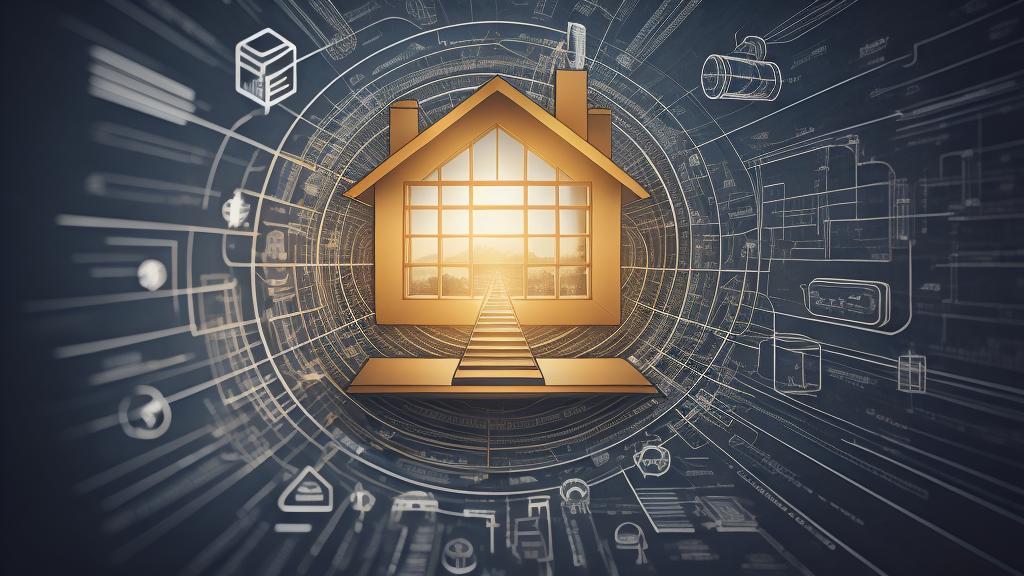In the rapidly evolving world of home technology, the emergence of smart homes is fundamentally transforming the way we live. More than just a series of gadgets, smart homes integrate cutting-edge technology to provide convenience, security, and efficiency to homeowners. These advancements are gradually shaping our day-to-day lives, making it essential to understand how to harness these innovations to our advantage.
For years, the concept of a smart home was considered futuristic—a distant possibility reserved for science fiction. However, with the advent of the Internet of Things (IoT), these ideas are now part of our reality. Devices like smart thermostats, intelligent lighting systems, and voice-activated assistants are becoming everyday staples in households across the globe.
The foundation of a smart home lies in its ability to connect various devices through a common network. This network allows homeowners to monitor, control, and optimize their living environment with unprecedented ease. From adjusting the temperature remotely via smartphone to receiving real-time updates on energy consumption, the possibilities are endless.
One area where smart homes are making a significant impact is home security. Traditional security systems are being replaced by smarter, more interactive solutions. With features like motion detection cameras, remote access, and instant alerts, homeowners can ensure their property is safe no matter where they are. Additionally, integrating these systems with broader smart home ecosystems can automate responses—such as automatically locking doors or turning on lights when a potential threat is detected.
The evolution of smart home technology isn't limited to convenience and security; it also encompasses energy efficiency and sustainability. Devices like smart meters and energy management systems allow users to monitor their energy use closely. By analyzing this data, households can reduce their carbon footprint and save on monthly utility bills. Furthermore, renewable energy sources, such as solar panels, can be integrated into smart home systems, making sustainable living more accessible than ever.
Another exciting aspect of smart homes is the increasing role of artificial intelligence. AI-driven platforms can learn individual preferences and optimize settings accordingly. Imagine a home that learns your routine, automatically adjusting lighting, temperature, and even music to suit your mood every morning. This level of personalized automation enhances comfort and could improve overall well-being in the long run.
The challenges of smart home integration cannot be overlooked. Interoperability between devices from different manufacturers remains a significant hurdle. Ensuring that various gadgets communicate seamlessly without technical glitches is crucial for providing a flawless user experience. Additionally, as more personal data is shared among devices, data privacy and security become paramount concerns that need addressing to gain homeowner trust.
Looking towards the future, the continued development of 5G technology promises to revolutionize smart home systems even further. With faster data speeds and improved connectivity, devices will be able to communicate and respond instantaneously. This development could lead to even more advanced applications, such as augmented reality interfaces and next-level home automation.
In conclusion, the smart home of today is only the beginning of a much larger technological transformation. By embracing and understanding these innovations, we can fully leverage the benefits they offer—creating homes that are not only more comfortable and secure but also more efficient and sustainable. As the technology progresses, the smart home will undoubtedly become an integral part of modern living, reshaping our relationships with the spaces we inhabit.
The future of smart homes: integrating technology for seamless living

